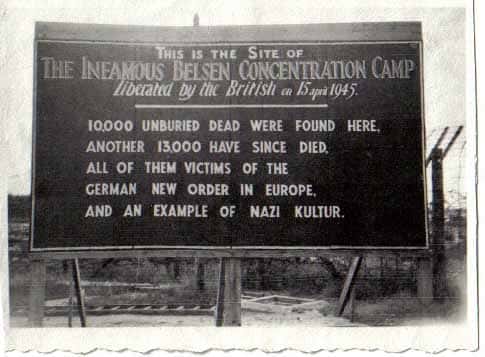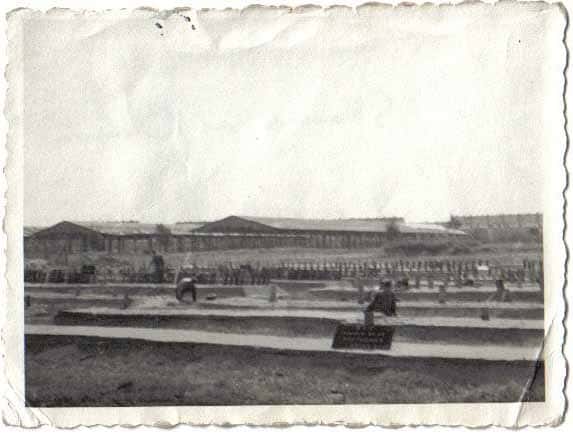Germany has inaugurated a museum at the site of the Nazi concentration camp where diarist Anne Frank died.
The new museum at Bergen-Belsen, in the north of Germany, highlights the fates of those who died at the camp during World War II.
[..]
Some 100 survivors were at the ceremony at the camp, where an estimated 50,000 Jews perished during the Holocaust.
Power of memory
The new exhibition is part of an effort to reconstruct the lives of those sent to Bergen-Belsen during the Nazi occupation of Europe.
It contains photographs, prisoners’ records and objects donated by the survivors.
“Use of the new material makes it possible to faithfully recreate the history of the camp,” said Christian Wulff, governor of the state of North-Rhine Westphalia.
[…]
Liberated by Allied troops in 1945 and later razed, Bergen-Belsen began life as a prisoner of war camp.
From 1943 until the end of the war it was a concentration camp for Jews, gypsies and homosexuals, with an estimated 125,000 people held there.
Source:
news.bbc.co.uk/2/hi/europe/7066733.stm
Sunday, 28 October 2007, 20:57 GMT
Webmaster note: Here are some photos we hope they include in order faithfully to “recreate the history of the camp.”


These photos were taken by Oswald Lewis, a British soldier who participated in the cleanup operation at Bergen-Belsen in 1945.
Source: scrapbookpages.com/BergenBelsen/index.html
